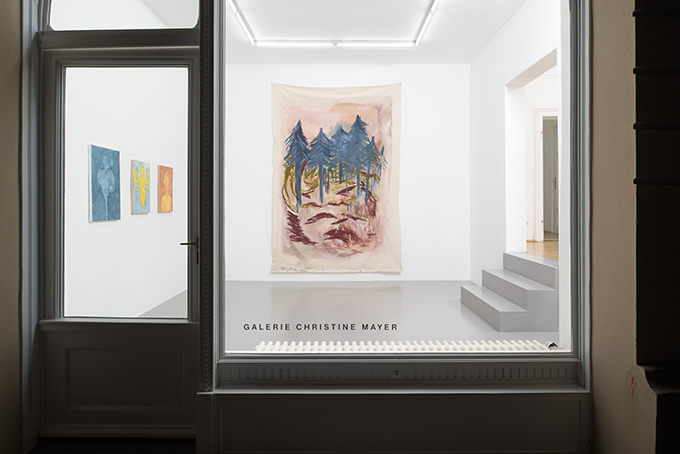
Installation view
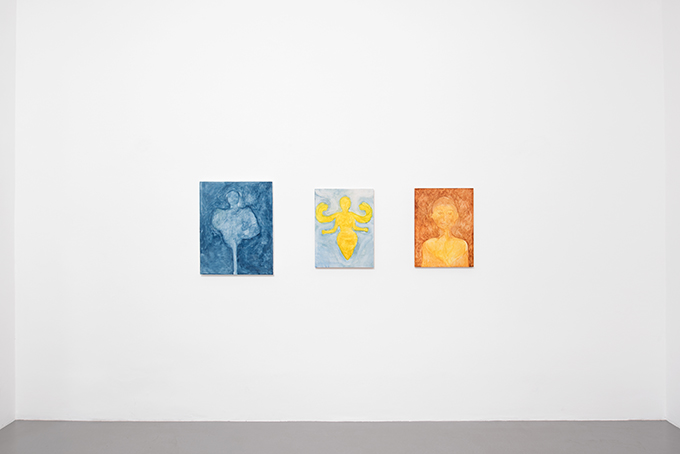
Installation view
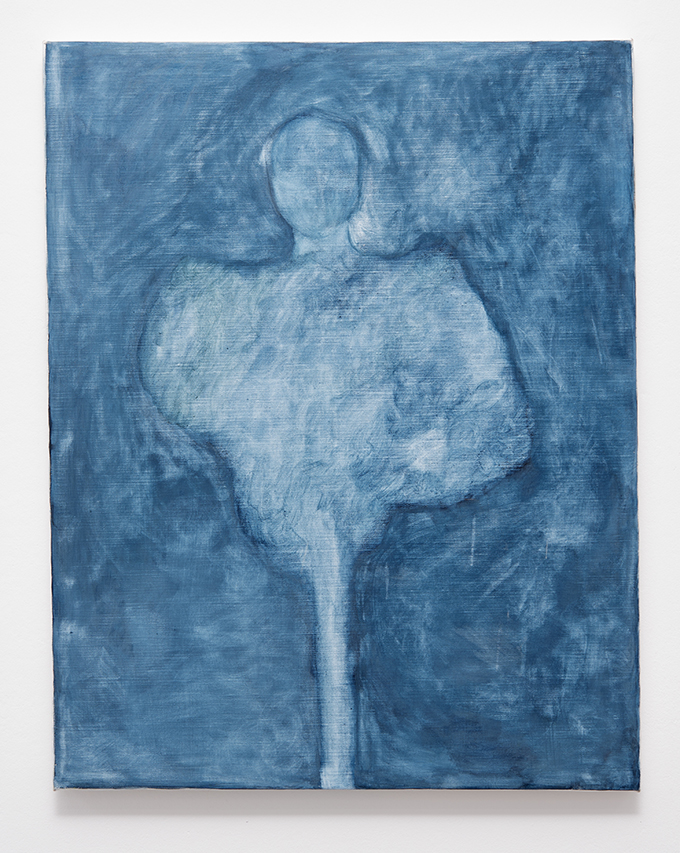
Maja Körner
Fontänenengel, 2017, tempera on canvas
71 x 56 cm
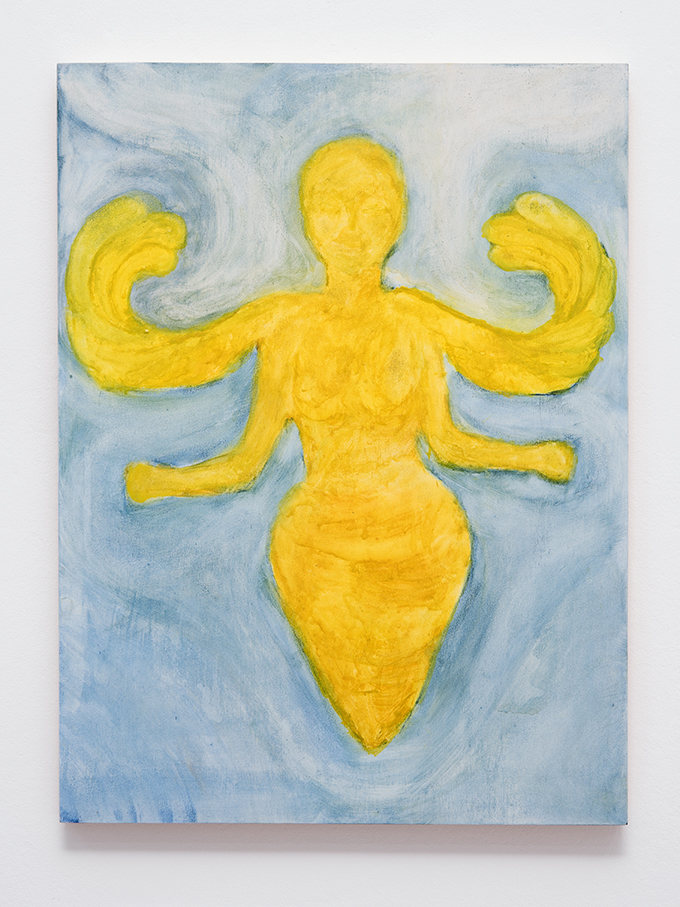
Maja Körner
Melissa, 2017, tempera on wood
60 x 45 cm
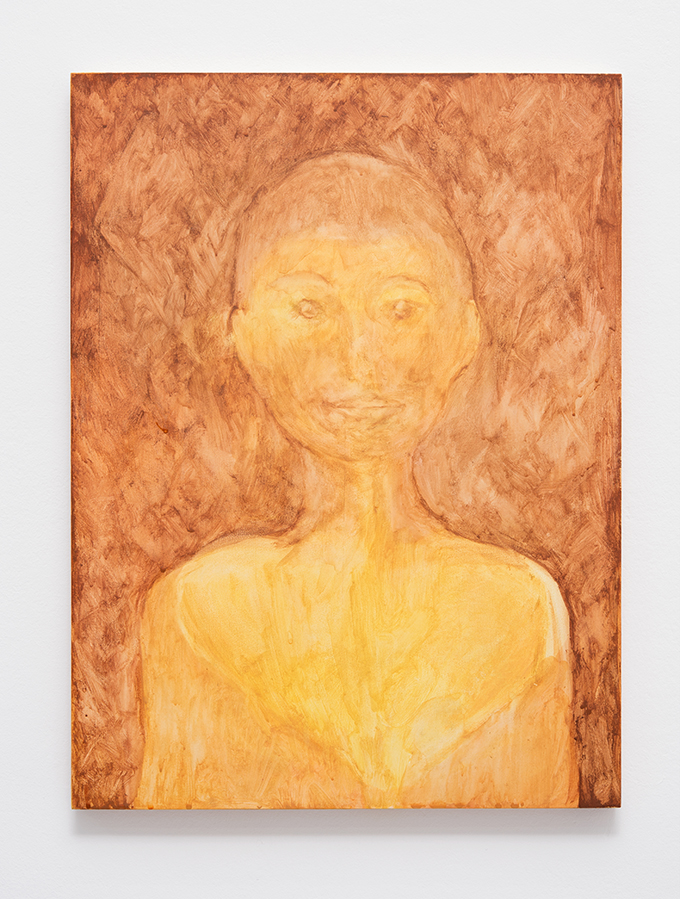
Maja Körner
Inneres Gold, 2017, tempera on wood
60 x 45 cm
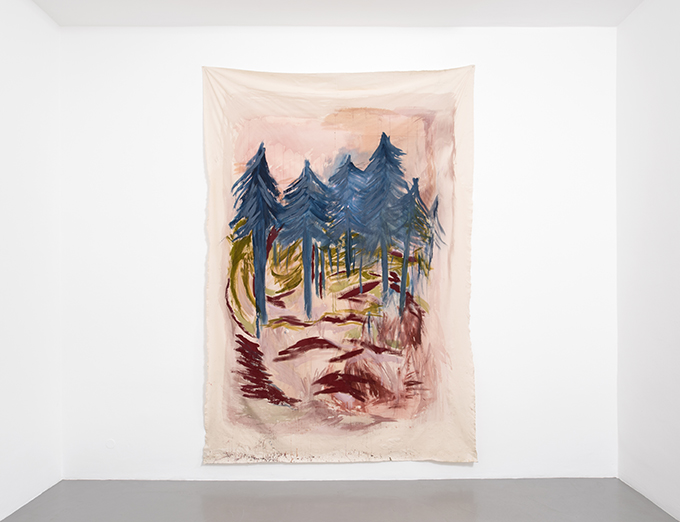
Installation view
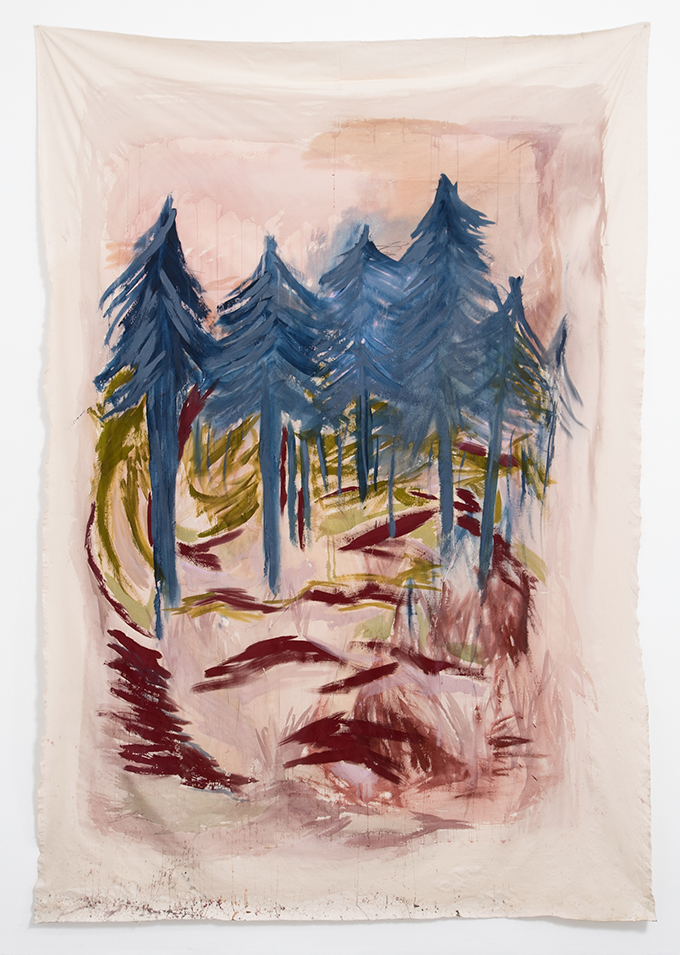
Astrid Fernández
Fortgeschrittene Mystik und die Seelenruh, 2017, acrylic, wax crayon, charcoal on fabric
320 x 220 cm
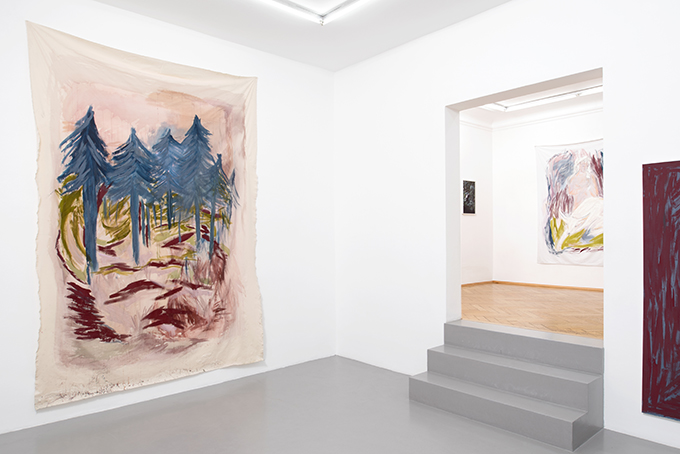
Installation view
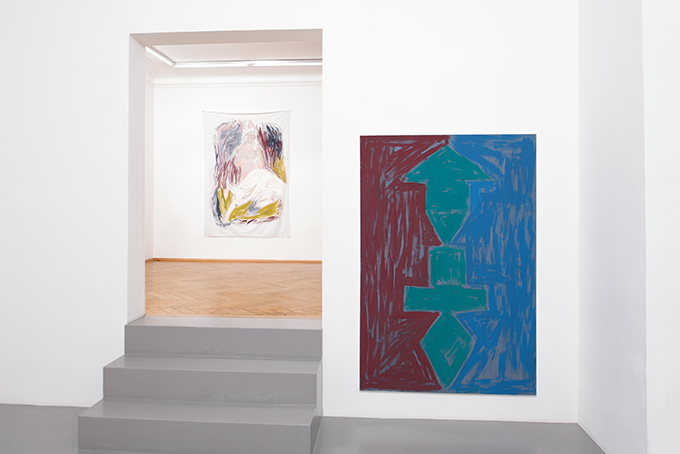
Installation view
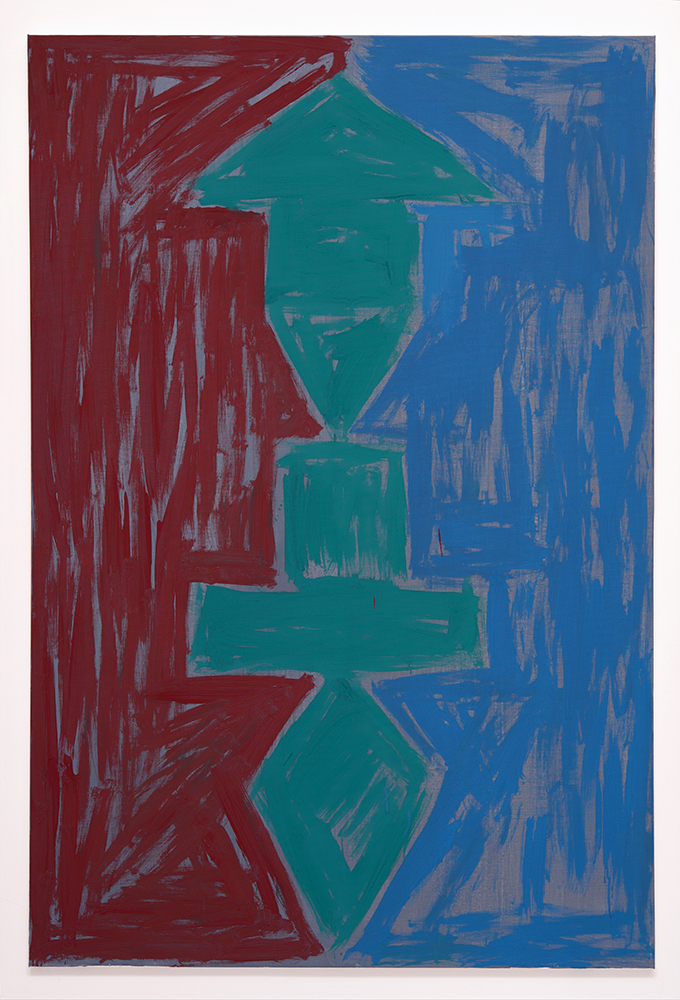
Emanuel Seitz
Untitled, 2017, oil on canvas
185 x 125 cm
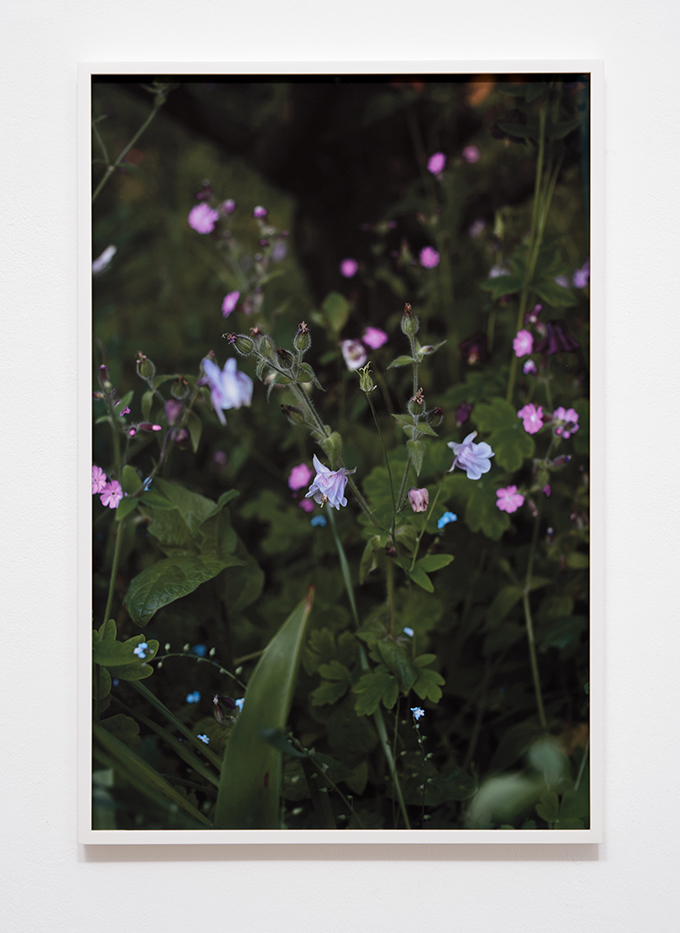
Frank Stürmer
Untitled (Silene dioica, Aquilegia vulgaris, Myosotis), 2017, pigment print, edition 2/3
56,8 x 37,8 cm
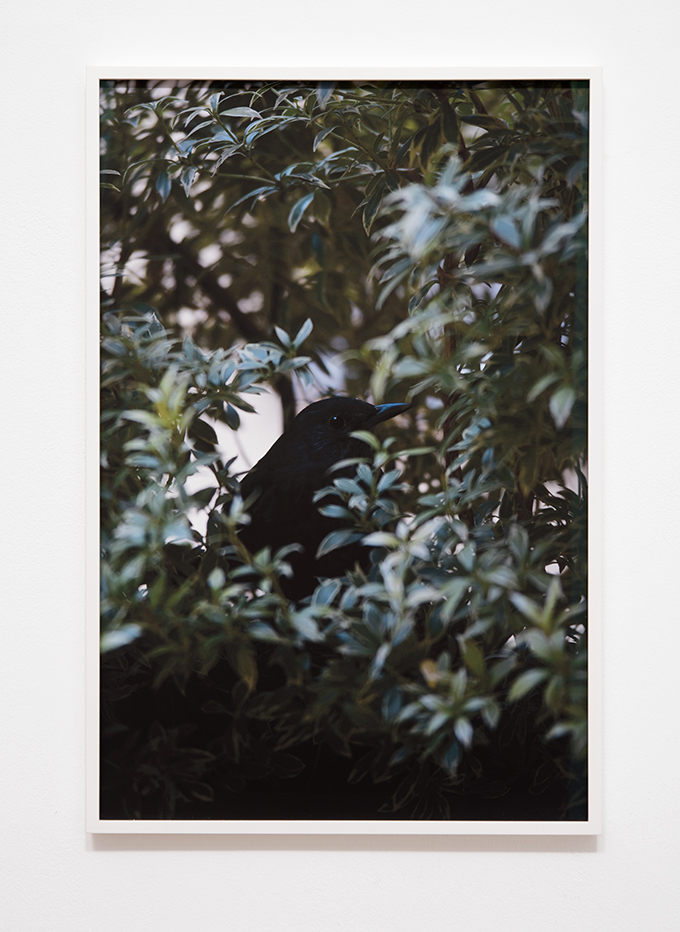
Frank Stürmer
Untitled (Hermine), 2017, pigment print, edition 2/3
56,8 x 37,8 cm
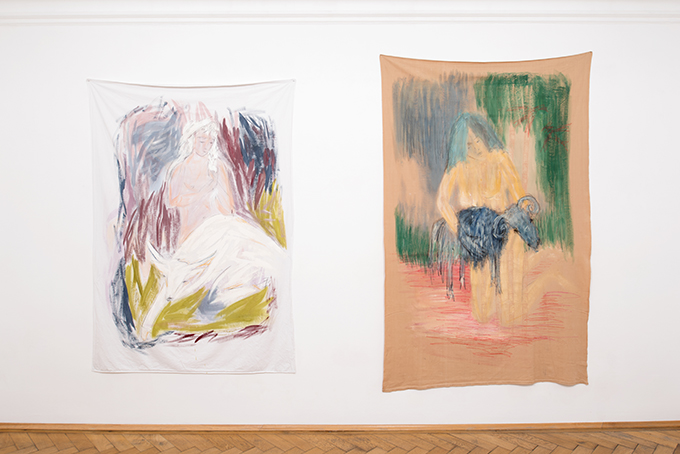
Installation view
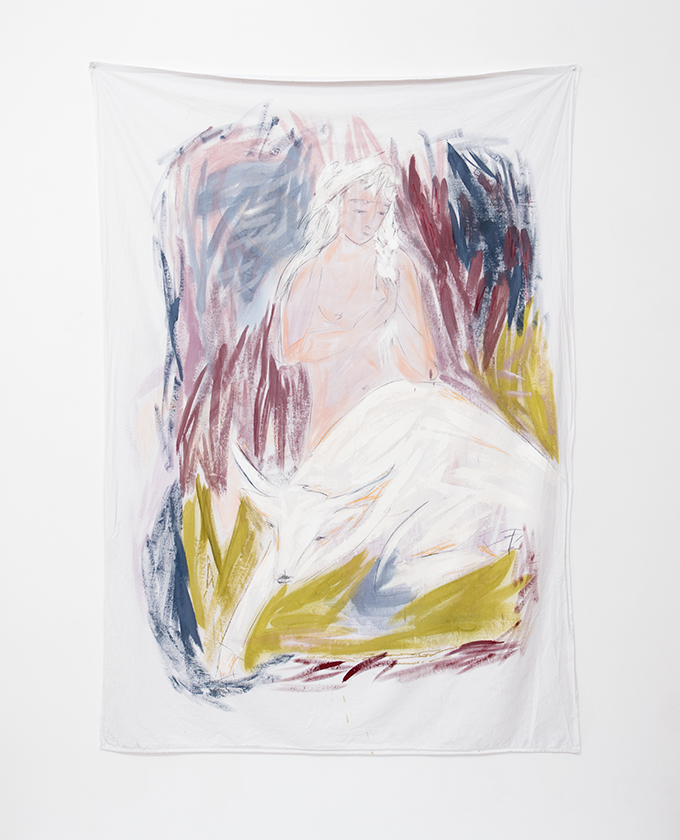
Astrid Fernández
Die Stäubchen sind nur weil die Sonne scheint, 2017, acrylic, wax crayon, charcoal on fabric
200 x 140 cm
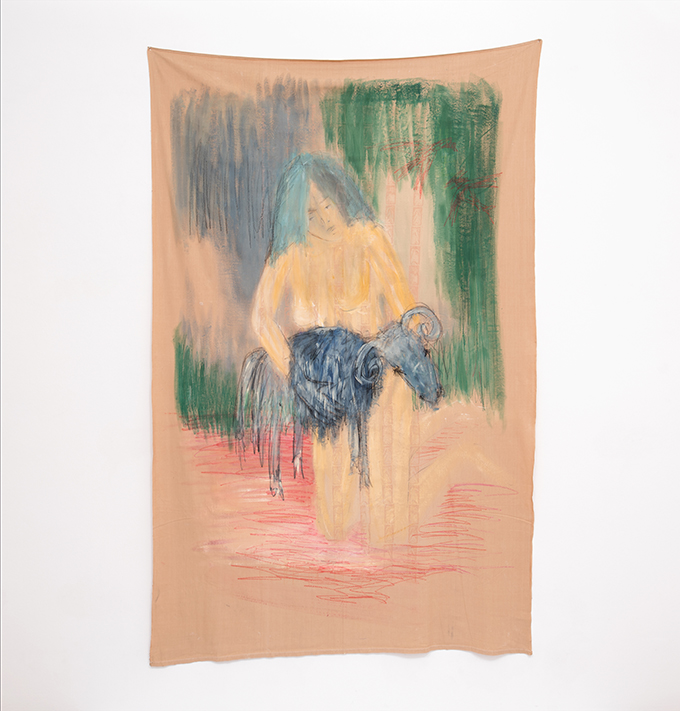
Astrid Fernández
Das Schaf, 2017, acrylic, wax crayon, charcoal on fabric
230 x 140 cm
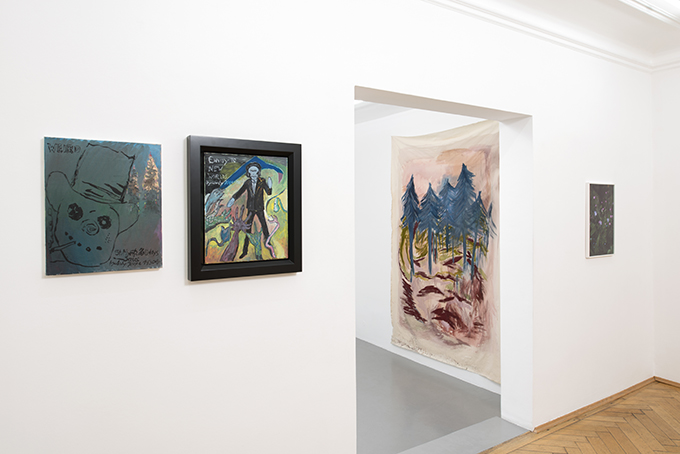
Installation view
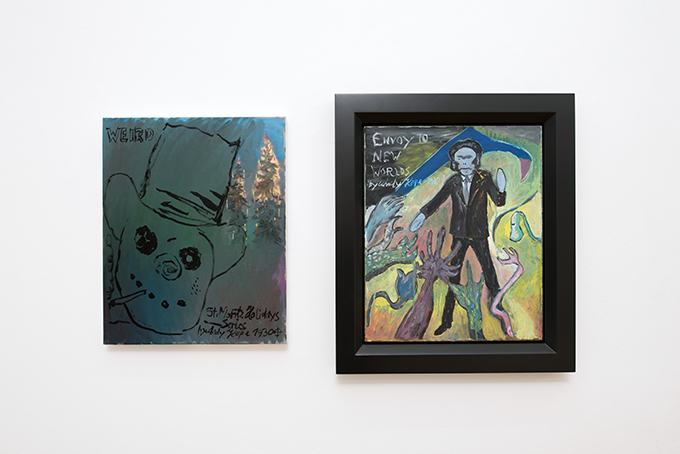
Installation view
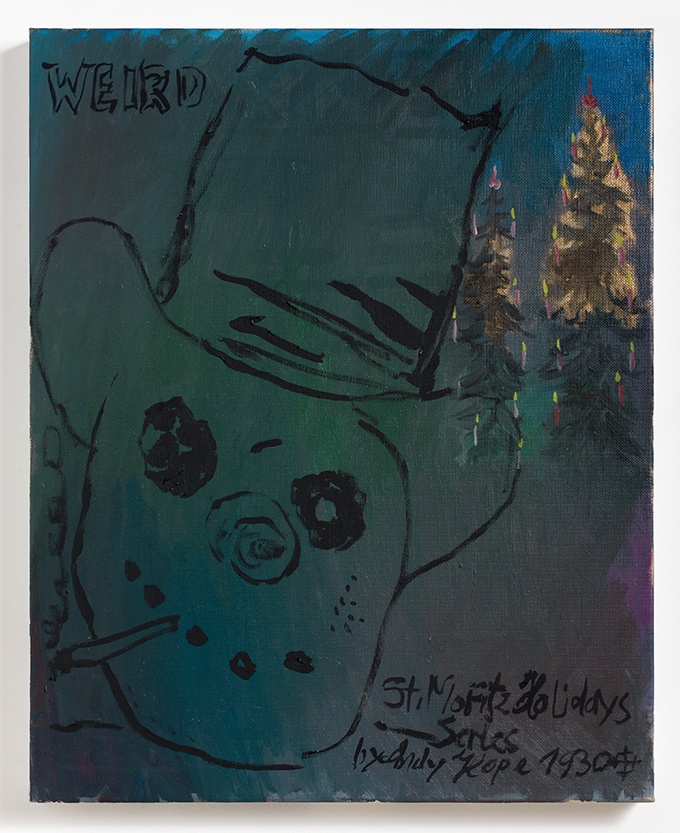
Andy Hope 1930
St. Moritz Holidays Series, 2016, oil on canvas
50 x 40,2 cm
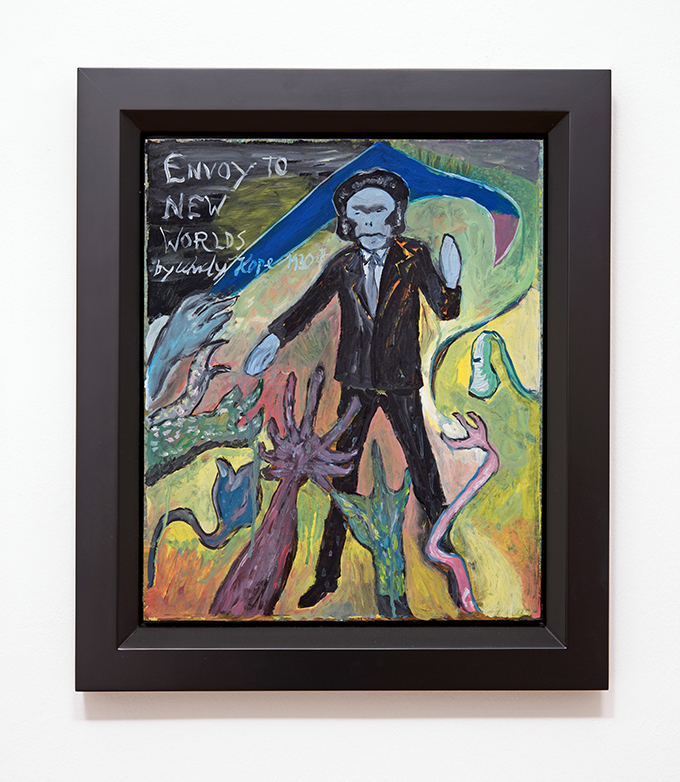
Andy Hope 1930
Envoy to new worlds, 2015, oil on wood
47,4 x 39,4 cm
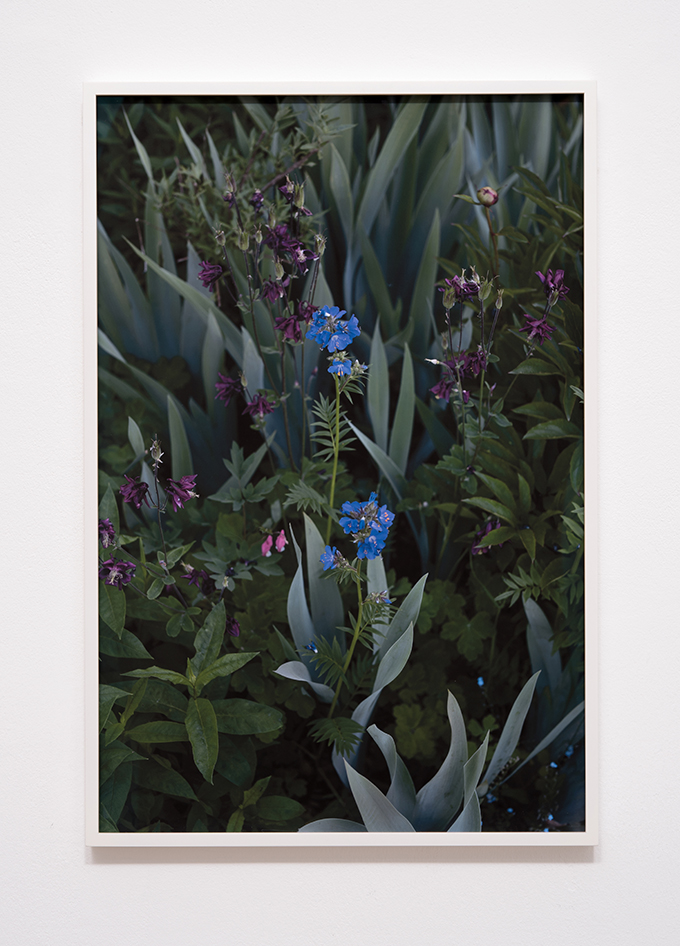
Frank Stürmer
Untitled (Polemonium, Aquilegia vulgaris, Lamprocapnos spectabilis, Paeonia), 2017, pigment print, edition 2/3
56,8 x 37,8 cm
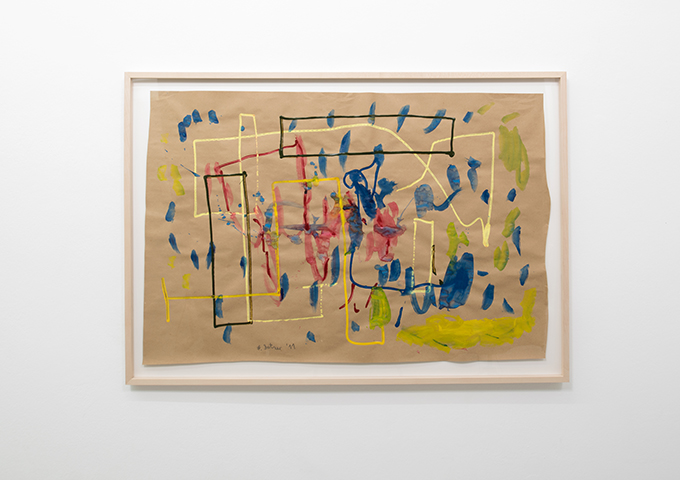
André Butzer
Untitled, 2011, water color on paper
72 x 108 cm
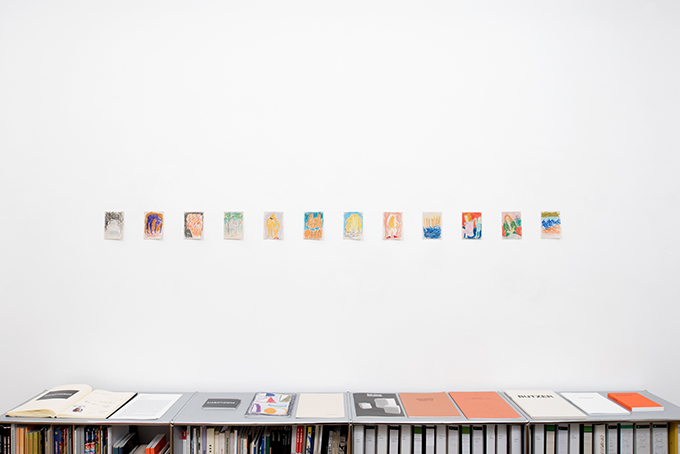
Astrid Fernández
Bilder für die Kunstgeschichte I-XII, 2017, wax crayon on paper
Each 13,8 x 10 cm
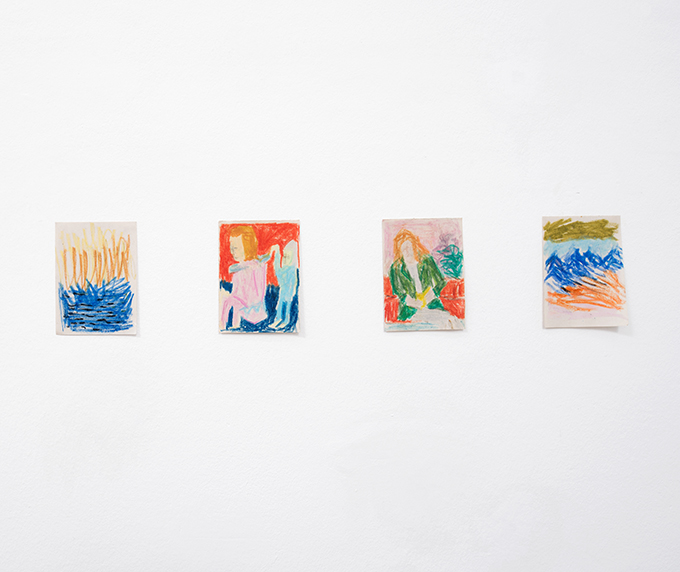
Detail from Bilder für die Kunstgeschichte I-XII, 2017
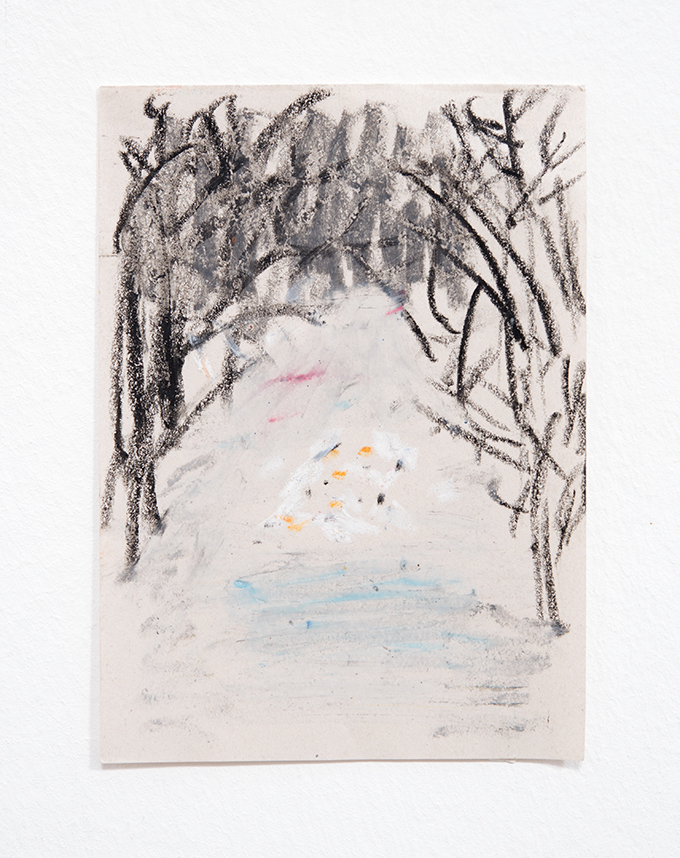
Detail from Bilder für die Kunstgeschichte I-XII, 2017
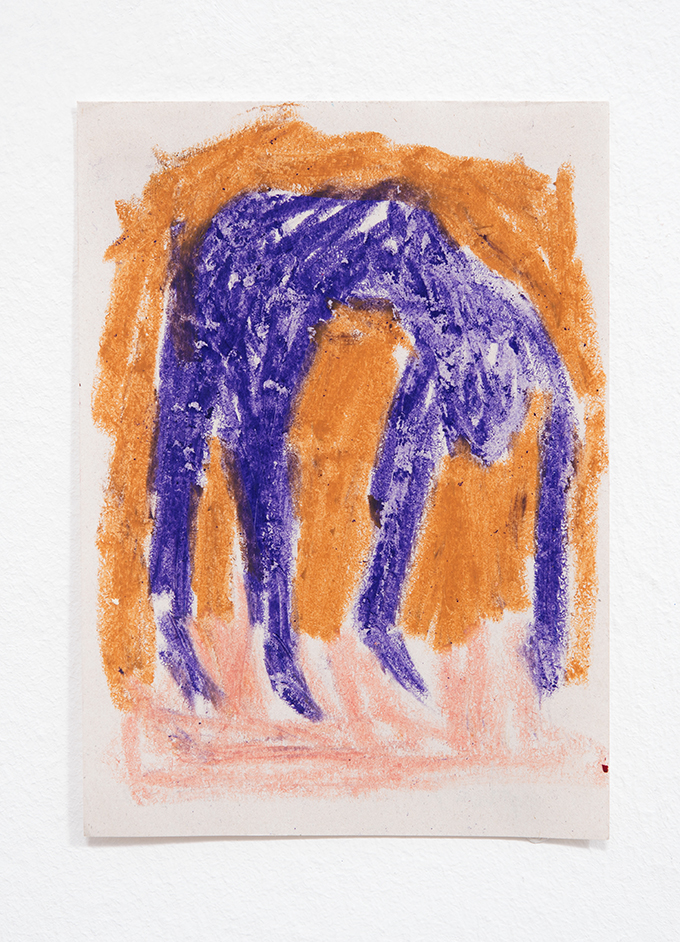
Detail from Bilder für die Kunstgeschichte I-XII, 2017

Detail from Bilder für die Kunstgeschichte I-XII, 2017
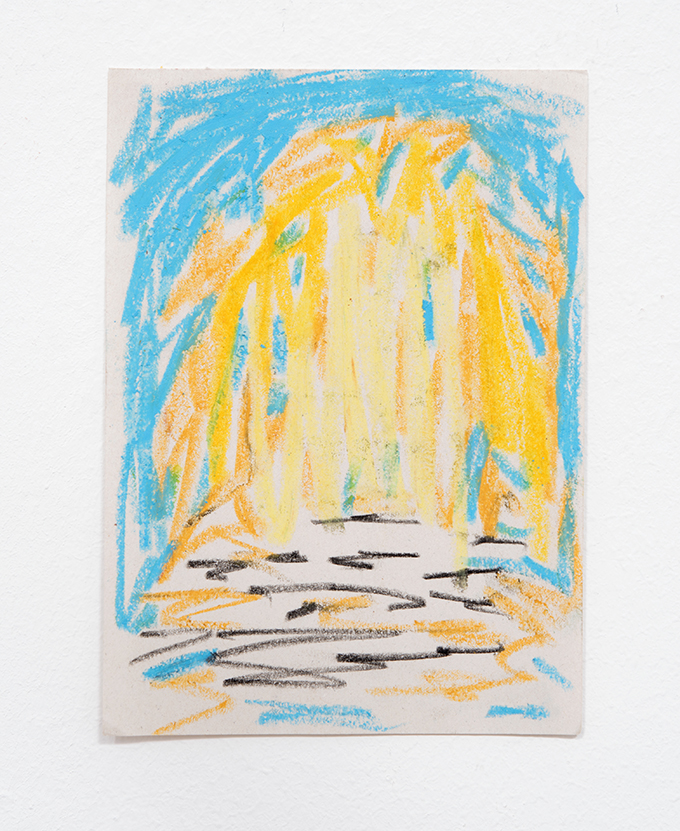
Detail from Bilder für die Kunstgeschichte I-XII, 2017
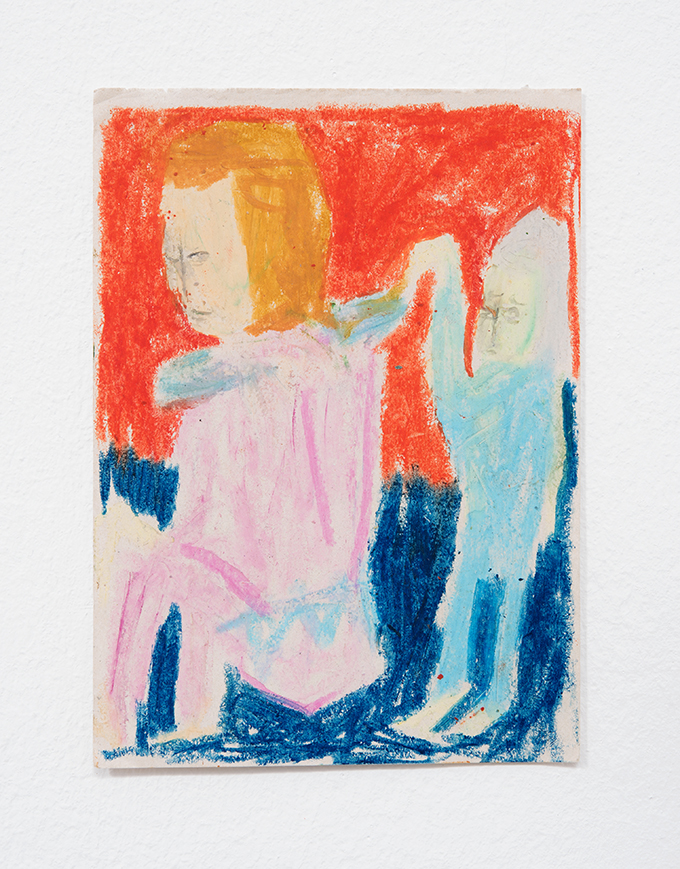
Detail from Bilder für die Kunstgeschichte I-XII, 2017
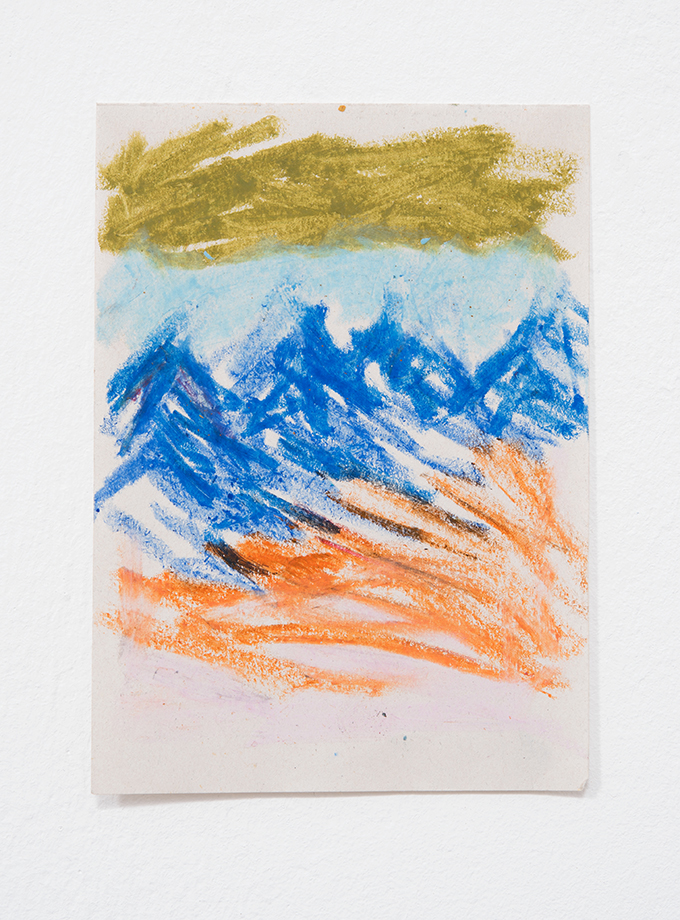
Detail from Bilder für die Kunstgeschichte I-XII, 2017
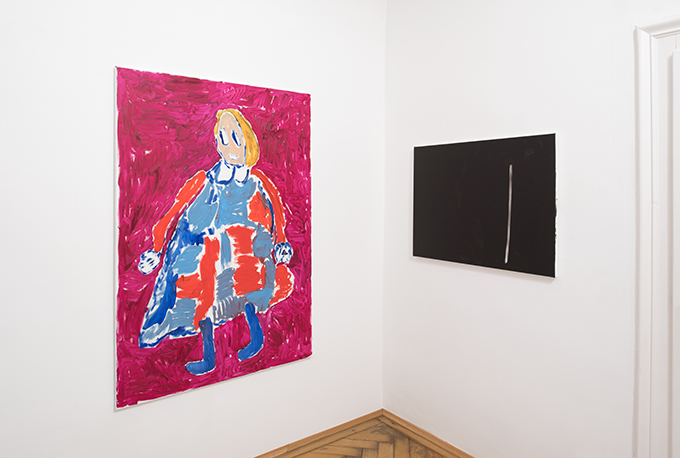
Installation view
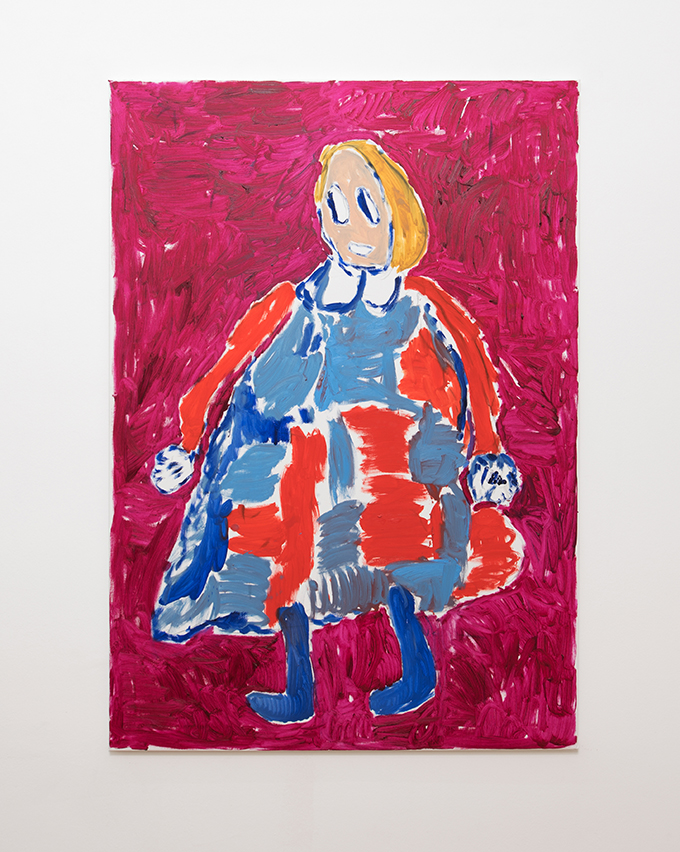
André Butzer
Untitled, 2014, oil on canvas
160 x 110 cm
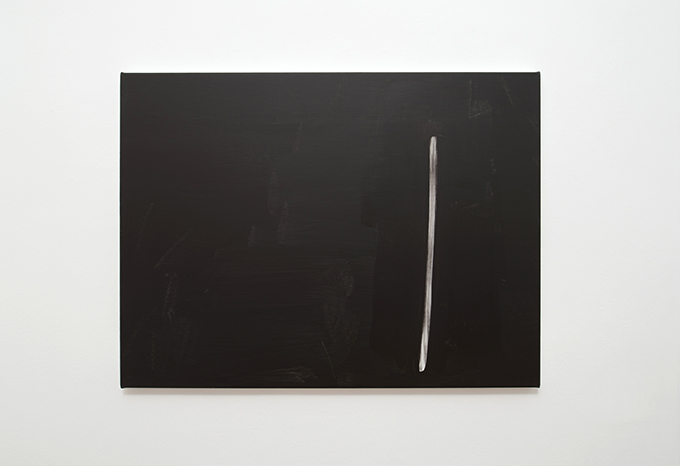
André Butzer
Untitled, 2017, oil on canvas
69 x 93 cm
Diese Sonderausstellung im Advent des Jahres 2017 hätte ursprünglich Murnau Now betitelt sein sollen, aber so ein Titelvorschlag war im Zusammenhang mit einer ganz anderen Örtlichkeit verbunden, nämlich mit demjenigen geförderten Atelierhaus, in welchem Astrid mit ihrem Studio für eine gewisse Zeit untergebracht war, einem Gebäude, von welchem ich ein Foto, oder besser, einen Schnappschuss gesehen habe; ich meine mich zu erinnern, dass Emanuel mir in Rangsdorf dieses Foto an seinem kleinen Handy gezeigt hat. In meinen unscharfen Augen war das ein normales bayerisches Haus, wahrscheinlich vorstädtisch gelegen, oder entsprechend meiner sehr bescheidenen Vorstellungskraft sogar ausserhalb von München, Richtung Süden, also im sogenannten Voralpenland bei mässigem nuklearen Schneefall (Fall-Out), so um die null Grad herum, also mit einigermassen dicken Flocken. So eine Murnau-mässige Eingebung mit Herzogstand und sogar relativer Zugspitznähe hat mich wiederum an die leider nicht von Alexej von Jawlensky (das ist einer meiner Lieblingsmaler überhaupt) bemalten Treppengeländer und Kleiderschränke im Inneren solch eines Hauses denken lassen. Zwischenzeitlich musste nun aber Astrid dieses Gebäude wieder verlassen. So ein Umzug bietet erfahrungsgemäss immer auch neue künstlerische Herausforderungen, oder man bleibt halt wie Giacometti immer im gleichen Studio, und man bleibt aber so an seiner Sache auch auf diese Weise dran. Für den Giacometti-Hinweis danke ich Andreas, der dann doch sich solche Sachen merken kann, obwohl er viel mit sich beschäftigt ist.So wurde nun diese Show in die Galerie verlegt. Ein neuer Titel, bzw. ein anderer Titel war aber schon immer da, weil das, was schon immer war, Thema aller halb-menschlichen Kunst sein soll, die das, was kommt, also in Erwartung und allgemeiner Bereitschaft, vorhersieht und für die Leute erahnbar macht. Solch ein Ahnen ist ja vom zeitbegrifflichen Zusammenklang her bereits ohne Chronologie, d.h. ohne vorher oder nachher. Ein so mutmasslich griechischer Begriff wie der der Erleuchtung, der Japaner sagt immer “Satori” dazu oder lieber gleich “Premium-Sake”, also allesamt modisch missbrauchte Wörter und sehr teure Heilmethoden, hat aber dennoch “lange” vor den alles rationalisierenden Römern und Engländern friedlich bestanden. Diese kamen dann, nur um genau diesen Begriff zu zerstören, zugunsten unserer heutigen Zeit, die seither wie ein Uhrwerk digital andauert und scheinbar vergeht. Der Begriff soll doch aber so irrational gewesen sein, also tragisch und künstlerisch. Georg Friedrich Haas, ein heute beliebter österreichischer Komponist im amerikanischen Exil, sagte unlängst in Graz/Steiermark (das ist eine Art Donaueschingen der Österreicher), Kunst sei rational.
Kann aber nur ein Tippfehler gewesen sein, seine Musik ist doch gut und sein Vortrag war vom Blatt Papier abgelesen, und vom Diaprojektor. Sehr viele Philosophiestudenten und auch Kunststudenten, die sich auf ihre aufklärerische Karriere als Abmaler von abstrakten Kunststilen und Denkweisen gerade gewissenhaft vorbereiten, wissen an dieser banalen Stelle wahrscheinlich besser weiter. Aber man kann alles auch genau andersrum sehen.
Steffen Krüger,
23.10.2017
This special exhibition, opening during Advent season 2017, was supposed to be titled Murnau Now, but such a name is of course linked to a completely different location – namely to the artists’ house where Astrid had her studio for some time. I have only seen a picture, or perhaps I should say a snapshot, of this building; and I think I remember that Emanuel showed it to me in Rangsdorf on his miniscule mobile phone. With my blurry eyesight, I thought of it as a normal Bavarian house, probably located in the suburbs, or perhaps (according to my very humble powers of imagination) even outside of Munich, south of the city, in the so-called Alpine foothills with moderate nuclear snowfall (Fall-Out), around zero degrees Celsius, and hence fairly large snowflakes. This Murnau-like apparition – including Herzogstand and even the relative closeness to the Zugspitze – had me thinking about the banisters and wardrobes inside of such a house, not painted by Alexej von Jawlensky unfortunately (one of my favourite painters ever). In the meantime, however, Astrid had to leave the house. Speaking from experience, moves like this always also offer new artistic challenges – unless of course you decide to stay in one studio all your life like Giacometti, and to persevere in this manner. For the Giacometti reference, I want to thank Andreas – who now and again is brilliant at remembering such things even though he is mostly preoccupied with himself.
This show, then, has moved to the gallery. A new or different title has always already existed, because that which has always been there should be the topic of all half-human art; art which anticipates that which is yet to come and art which attempts to make those things tangible. If we think about the temporal dimensions of such anticipation, it is of course completely without chronology – without before or after. A term like “epiphany” with its allegedly Greek etymology – the Japanese would say “satori” or perhaps even better “Premium-Sake (altogether fashionable words and very expensive remedies) – has peacefully existed “long” before all those Romans and Englishmen who tried to rationalize everything. They destroyed this term though, in favour of our day and age – and a time that works just like a clockwork which digitally persist and seemingly passes. But the term was supposed to be wholly irrational, tragic and artistic simultaneously. Georg Friedrich Hass, who today counts as one of the most popular Austrian artists in the American exile, said not long ago in Graz/Styria (the Donaueschingen of Austria), that art was rational.
Could have been a typo, of course. His music is not bad and his talk was read from a sheet of paper, as well as from a slide projector. Having arrived at this banal point, I reckon that many students of philosophy or art, who probably diligently prepare their progressive careers copying abstract art or modes of thinking at the moment, will know much more about this than I do. It is also possible to view everything the other way around, of course.
Steffen Krüger,
23.10.2017
translated by Jennifer Leetsch